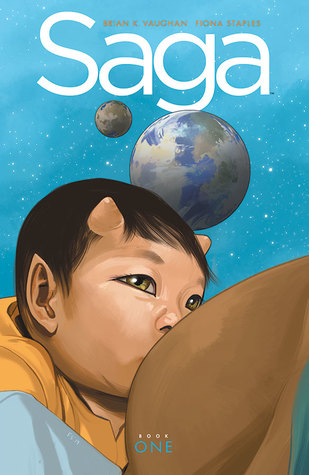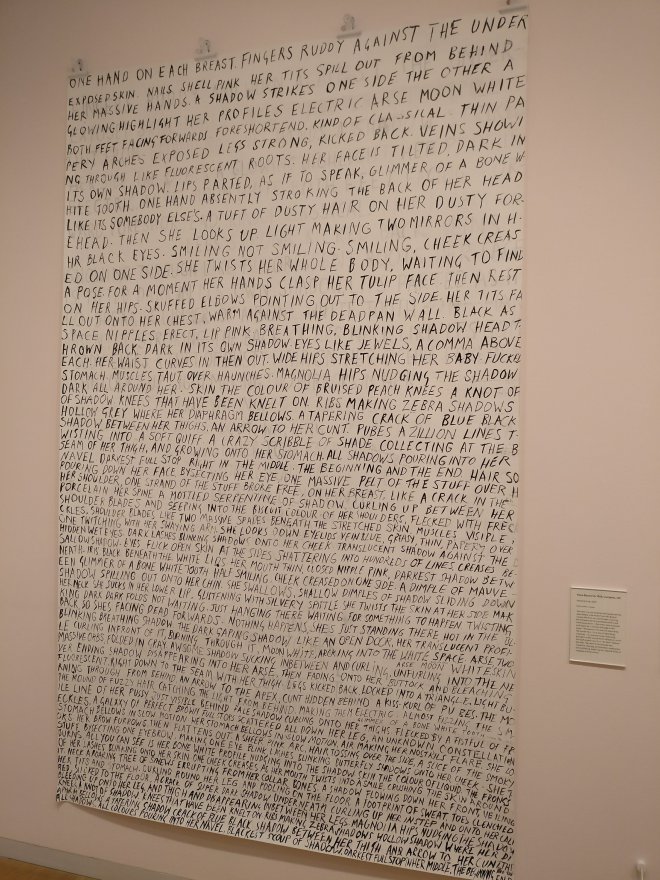I do love a good classic, but generally I go into them knowing they’ll probably be dense and a little slower to read. I picked up The Color Purple because I needed a book from the bottom of my TBR for my 2017 reading challenge. The fact that it was on the bottom and a classic besides had me wary about how long it would take (I’m still hurrying to wrap up some 2017 goals) and how much I would actually enjoy it. But by about the tenth page, I knew: I was going to finish it within 24 hours, and I was going to love it. Thank you, reading challenge.
 About the book: narrated through letters addressed to Celia, her sister Nettie, and God, Celia tells the story of her life in 1930’s Georgia. She’s a colored woman in a place and time that’s still very prejudiced, but she’s also found very little love in her childhood family, and in the family she was forced to marry into as an adult. She does, however, make some interesting friends after a fashion and begins to see the wrongs that have been done to her, as well as the ways in which she can rise up against them and persevere.
About the book: narrated through letters addressed to Celia, her sister Nettie, and God, Celia tells the story of her life in 1930’s Georgia. She’s a colored woman in a place and time that’s still very prejudiced, but she’s also found very little love in her childhood family, and in the family she was forced to marry into as an adult. She does, however, make some interesting friends after a fashion and begins to see the wrongs that have been done to her, as well as the ways in which she can rise up against them and persevere.
The Color Purple is written in dialect, meant to sound in the reader’s mouth or mind the way Celia (or her companions) would actually speak. This means the grammar isn’t perfect, the spelling is intentionally wrong in places, and the reader has to find the rhythm of the narration to read it at a normal pace. But, unlike some attempts at dialect writing, I had no trouble following this story, and I doubt many readers will struggle with the unusual style. It’s not my own dialect, so I can’t vouch for how accurate/inoffensive it may seem to others, but personally I had no complaints with it. The hardest aspect of the writing style for me to accept was the lack of quotation marks around dialogue, which occasionally made it difficult for me to differentiate between Celia’s running commentary and someone else speaking.
“My skin dark. My nose just a nose. My lips just lips. My body just any woman’s body going through the changes of age. Nothing special here for nobody to love. No honey colored hair, no cuteness. Nothing young and fresh. My heart must be young and fresh though, it feel like it blooming blood.”
Even though the reader can see from the very first page how hard Celia’s life has been, The Color Purple is not overly heavy or depressing. She’s not an intrinsically sad or angry person, so even when I should have been outraged about something bad that happens to her, I found that reaction somewhat stifled by a greater interest in what would happen next, what it would mean for Celia going forward, because she herself always seems to be looking forward rather than back. That isn’t to say that the reader can’t appreciate the horrifying nature of some of the sins committed against Celia, but Celia’s tendency not to dwell on them overmuch provides a necessary sort of pull through the story that keeps the reader from throwing down the book in inconsolable despair.
“Olinka don’t believe in educating girls she said, quick as a flash, They’re like white people at home who don’t want colored people to learn.”
On the contrary, the best thing about this book is how encouraging I found it, despite some difficult subject matter. If you’re a reader who likes to know what they’re getting into, let me warn you that there’s rape, spousal abuse, misogyny, prejudice, mutilation, displacement of native peoples and more. And yet, this isn’t a book solely for women of color, or even just for women. It’s full of positive messages about treating other people with kindness and finding strength from within. It’s about appreciating oneself first of all. It’s about righting wrongs, starting in one’s own family, in one’s own heart. There is history and culture here, but the morals they provide are accessible for all audiences, in a myriad of situations. The world needs more books like this: stories that keep the past from being forgotten, with the purpose of improving the future.
“The world is changing, I said. It is no longer a world just for boys and men.”
“Why any woman give a shit what people think is a mystery to me.”
My reaction: 5 out of 5 stars. This book has been on my TBR for so long I don’t even remember exactly why I put it there. I knew next to nothing about The Color Purple before I started, but in spite of my hesitation it constantly surprised and impressed me. I will definitely be recommending this one, and it’s one of the few books that I’ve really been thankful for my reading challenge pushing me to read.
Further recommendations:
What’s next: It’s starting to look definitely possible that I could finish my 2017 reading challenge list before the end of the month. I’m forging ahead with Shakespeare’s Macbeth, which I also know next to nothing about (maybe there are witches?) but am picking up for my challenge. I’ll have another mini-review up for this play shortly.
Sincerely,
The Literary Elephant
Advertisements Share this:




